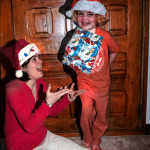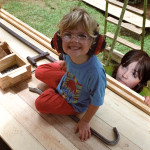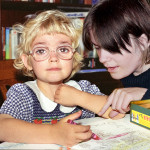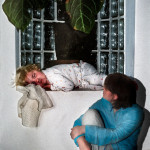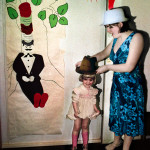The Me and Me Project
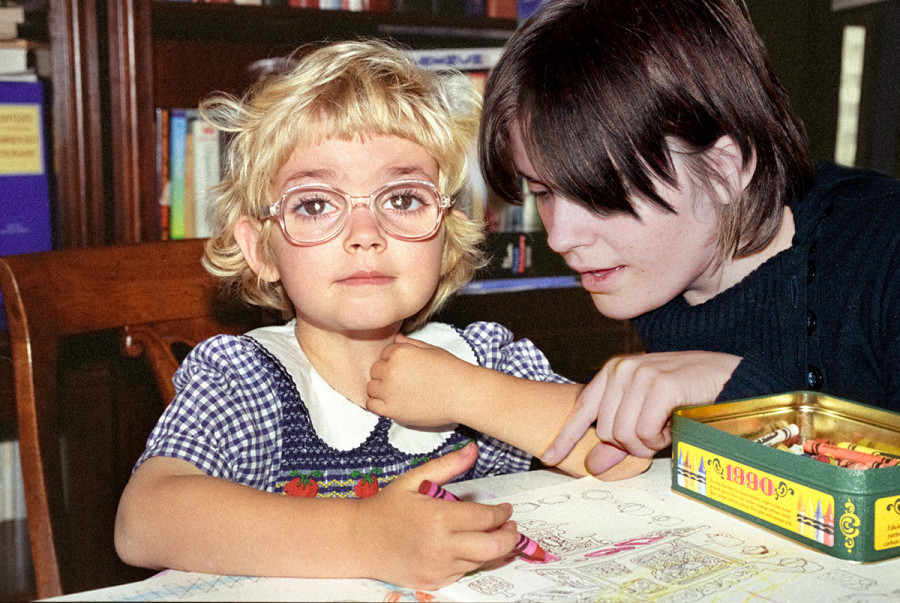
Artist Statement
It is a common wish to relive a part of one’s life. Whether it be a desire to recapture the best moment of one’s life or a chance to change a single bad decision, there is always something a person might wish to redo. My wish has always been to relive the most innocent years of my life: the time when I was between the ages of three and five. I imagine laughing and living with my younger self, existing in that time of innocence. The “Me and Me Project” is my way of returning to that time. I step into the frame of my past and interact with my past self. Neither movement nor words are exchanged, yet I get to know my child self. Taking that frozen moment caught on film, I composite my current self into the frame of the picture. I interact with the moment, working to match the grain of film to the image noise of my current digital self. Once I find that balance of old and new, I have a complete understanding of what I was in that moment. I have not only witnessed the life I used to have, I have lived it in the present.
Process
The process behind creating these images is heavily based in Adobe Photoshop, but that is not the only element involved. To start the process, I needed high-resolution film scans. Starting with scanned film as opposed to scanned prints is important, as scanned film is sharper and more effective when editing color and tone. Scanned prints are often softer and yield muddy colors. When I shoot my current self-images I must match the light conditions present in the scanned film file. Mixing light conditions always yields an artificial feeling to the composite. Once I have my two images I drop the digital image into the film and resize it to make it look natural. Then I start to work in Photoshop. I use a soft brush to mask myself into the image. I do this at 100% or actual pixel size to get the most accurate mask I can. The final step is to match the grain of the film scan. I do this in three stages: first I add grain to the digital layer, then I flatten the image, then I add a small amount of grain to the whole file. This process is tedious but leaves a seamless and convincing image. Even to a trained eye the effect is convincing.
 Allison Reams Photography
Allison Reams Photography